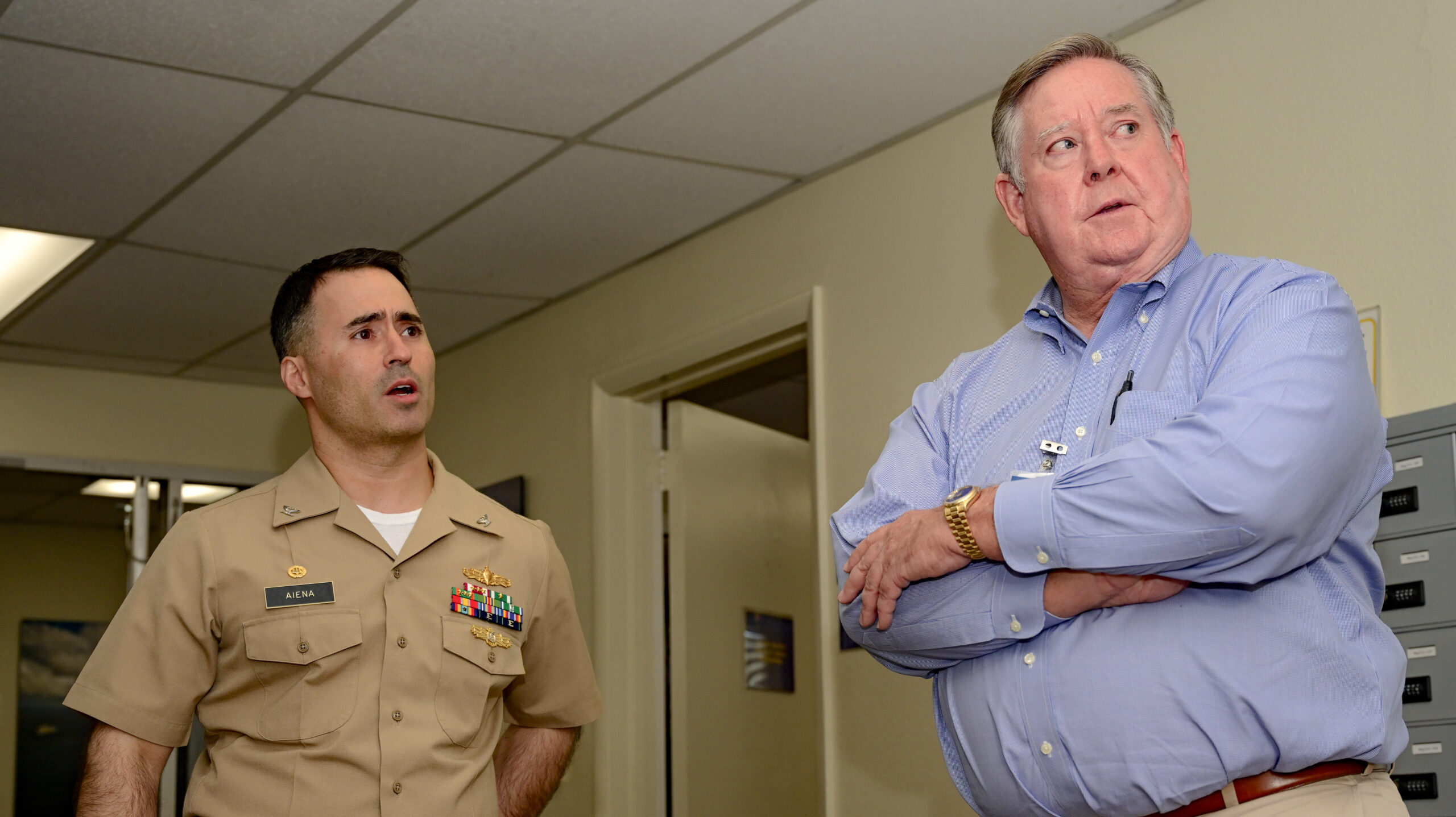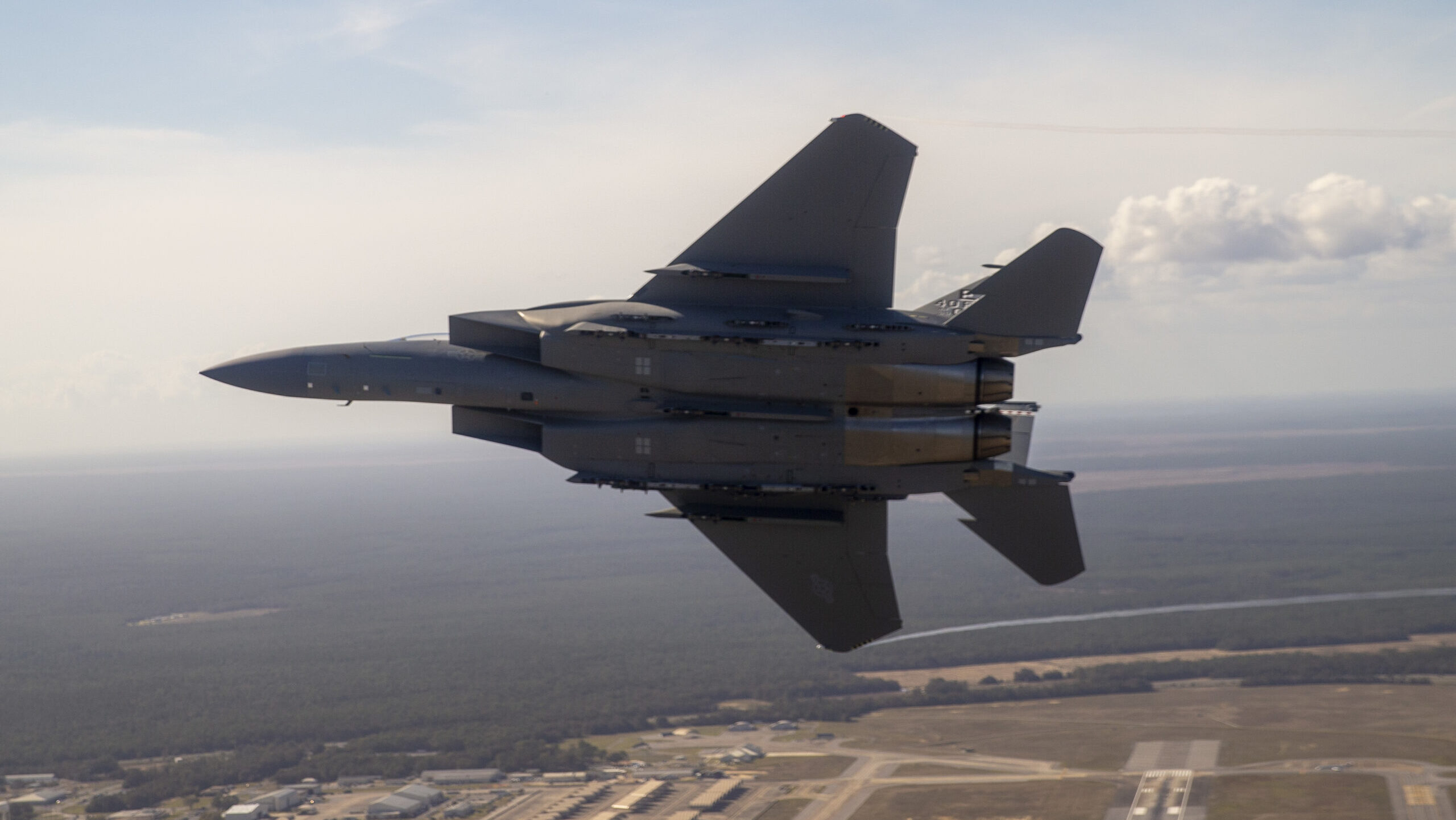
WASHINGTON — House Appropriators’ $833 billion fiscal 2025 defense spending bill makes a range of programmatic changes, with funds tending to favor research and development over procurement.
While the initial summary, released June 4, showed topline numbers, details were scarce on a program-by-program level. The committee’s bill report and detailed funding tables, first published by Politico, show cuts of over $1.4 billion from procurement across the military services for a new total of roughly $165 billion. The Pentagon’s collective R&D, however, would rise by nearly $2.8 billion for a topline of nearly $146 billion. Military personnel spending would additionally increase under the draft bill by over $1.8 billion for a new total of $183.7 billion.
While there were no shocking funding additions or reductions in the realm of weapons procurement, weapons accounts were trimmed back across the board — a typical move for appropriators seeking funds for other programs in a tight budget year.
For the Army, the cuts included a $625 million reduction to the Long Range Hypersonic Weapon, a $192 million decrease to Indirect Fire Protection Capability Increment 2-1 and a $116 million reduction to the PAC-3 Missile Segment Enhancement. Appropriators also pared back HIMARS procurement by $67 million to $12 million, citing carryover from the previous year, and cut Javelin by $52 million due to unit cost increases and carryover.
Appropriators trimmed the Navy’s Trident II program by $200 million to about $1.6 billion, citing excess cost growth and a request that was “excess to need.” Procurement of the AIM-120 AMRAAM air-to-air missile was reduced by $108 million due to unit cost growth and carryover from the previous year, while Standard Missile procurement received a cut of $102 million due, in part, to production delays.
While appropriators fully funded the Navy’s request for the Naval Strike Missile, the Marine Corps request was reduced by $42 million to a total of $102 million, with the committee citing a contract award delay.
For the Air Force, cuts included a $95 million hit to the Joint Air Surface Standoff Missile for unjustified costs, and an $89 million reduction to AMRAAM for unit cost adjustments and carryover. Appropriators also removed $70 million in advanced procurement funding for the Long Range Stand Off weapon and $40 million from the Long Range Anti Ship Missile accounts.
House appropriators, with Republicans in the majority, also targeted the Pentagon’s diversity, equity and inclusion efforts like they have in the past, zeroing all funds for related initiatives. Other culture war targets like climate change funds would also be redirected to GOP-friendly programs such as countering drug trafficking.
Navy: Lawmakers ‘Incensed’ by LCS Divestments
For the Navy, the committee sharply rebuked the service for its ongoing efforts to prematurely divest of relatively new Littoral Combat Ships, a fight that has been ongoing for years with no signs of either lawmakers or service relenting. The committee, which wrote it is “incensed” by the Navy’s request, is now demanding a report from the service about potential alternate uses of LCS.
Lawmakers in their report also noted the numerous delays found in Navy Secretary Carlos Del Toro’s 45-day shipbuilding review and want a report outlining follow-up actions within three months of their bill becoming law.
Navy eyes were on appropriators this year to see whether they would support the service’s request of a single Virginia-class submarine, coupled with investments in the industrial base, or discard the service’s request in favor of the House Armed Services Committee’s proposal to continue a procurement rate of two subs per year.
In backing the Navy’s sole-sub decision, the committee cited the delays found in Del Toro’s shipbuilding review.
“The committee believes that given the findings of the 45-day shipbuilding review showing a delay of upwards of 3 years in Virginia-class submarine construction, that the committee recommendations of one Virginia-class submarines, coupled with robust investment in the submarine industrial base, appropriately reflects the current capacity for submarine construction,” lawmakers wrote.
Concerning the Constellation-class frigate, which authorizers cut to help fund the second submarine, appropriators justified their own cut to that program by noting the construction delays as well as “persistent design instability.”

Army: Eight New Grey Eagles
The Army’s budget was also tweaked by House appropriators, with one of the most notable changes being an additional $240 million to procure eight MQ-1C Grey Eagles for the Army National Guard. Appropriators further added two UH-60M aircraft for the Guard at the cost of $60 million. Other procurement programs also took a hit, with the Joint Light Tactical family of vehicles seeing a decrease of $119 million.
R&D, however, had some notable funding boosts, such as an extra $82 million for Future Vertical Lift technologies. Next Generation Combat Vehicle technology funding would similarly be increased by roughly $95 million and ground advanced tech would be boosted by nearly $90 million.
In total, the Army’s procurement would fall by nearly $1 billion under the bill, whereas R&D would climb by over $1.2 billion.
Air: Appropriators ‘Skeptical’ of Air Force ‘Reoptimization’
Wary of the Air Force’s plan to offload aging jets and redirect funds to invest in the next generation of airpower, appropriators chided the service for its requested F-15C/D retirements that lawmakers fear “will create a gap in capability at several Air National Guard Units.” U-2 divestments would be blocked for similar concerns, with appropriators writing that “the Committee expects the Secretary of the Air Force to better balance near-term readiness with modernization for the future.”
While preventing some requested divestments, appropriators made some marginal increases for the Air Force’s aircraft procurement. For example, lawmakers would add two F-35As, two Combat Rescue Helicopters and two C-130Js specifically for the Air National Guard. The E-7A Wedgetail program would also see a boost of $400 million — a plus-up that has typically helped procure long-lead items in the past — and $118 million would be added to procure F100 F-16 engines for the Air National Guard. (Appropriators also added six F-35C stealth fighters.)
But there are also cuts, such as the KC-46 program taking a hit of $159 million. The Air Force’s move to expand its C-40 fleet with an additional aircraft would also be rejected, with appropriators citing the lack of an acquisition strategy. Even though appropriators were concerned by the Air Force’s plans to replace F-15C/D fighters with the newer F-15EX, lawmakers did not add any funds to increase F-15EX procurement.
The service’s R&D programs also had winners and losers. The Air Force’s AFWERX Prime initiative would see a boost of $128 million, including an extra $45 million for experimentation with eVTOL technology. However, the Sentinel ICBM program, under scrutiny for its cost overrun, would be reduced by $324 million, while both the JADC2-linked Advanced Battle Management System and E-4B “Nightwatch” replacement would see cuts of over $100 million.
Following the Air Force’s plans to “reoptimize” the service for competition with China, appropriators said they remain “skeptical of how the Air Force is pursuing a modern force.” The committee thus instructs the service to keep lawmakers abreast of major developments with initiatives like the service’s budding Integrated Capabilities Command and requires the Air Force secretary to submit a notification ahead of any reorganizations and regularly submit reports providing status updates after the fact.

Space: Appropriators Back White House on Buying Commercial Sat Imagery
The report details some $400 million in cuts to both Space Force RDT&E and procurement, largely made up of small trims to myriad programs across the service’s portfolio — with classified budgets in both funding baskets taking fairly large hits. In RDT&E, the Space Force request for $5.5 billion for “Classified Programs” is cut by almost $136 million. In procurement, the request for classified “Special Space Activities” dropped by $50 million to $608 million.
One of the most intriguing changes in the report is a trio of cuts totaling $95 million from the Space Force’s RDT&E request for its new flagship effort to develop missile warning/tracking satellites in medium Earth orbit (MEO), bringing total funds down to $750 million. Of those three, the biggest is a reduction of $75 million due to an unspecified “vendor termination.” Currently, both RTX (formerly Raytheon) and Boeing are leading teams to develop the first iteration of the Resilient Missile Warning-Missile Tracking MEO satellites. Space Systems Command, which is managing the program, was unable to respond to a request for the name of the vendor.
Under procurement, the report also would cut one of the two GPS III Follow-On satellites requested by the service, chopping nearly $186 million. The language gives no rationale for the cut.
Finally, the report weighs in the raging interagency debate about responsibility for acquiring commercial satellite imagery for battlefield — what the Space Force has dubbed “tactical surveillance, reconnaissance and tracking,” but more commonly known as “tactical intelligence, surveillance and reconnaissance.” The House lawmakers, in essence, have backed the White House position that the goal should be to centralize buying in order to keep costs down
Thus, the report language instructs the Space Force to “to use existing contract mechanisms” — which are primarily in the hands of the National Geospatial-Intelligence Agency and the National Reconnaissance Office — “to the maximum extent possible.” However, the HAC-D also would provide the Space Force with $10 million to buy its own commercial imagery.